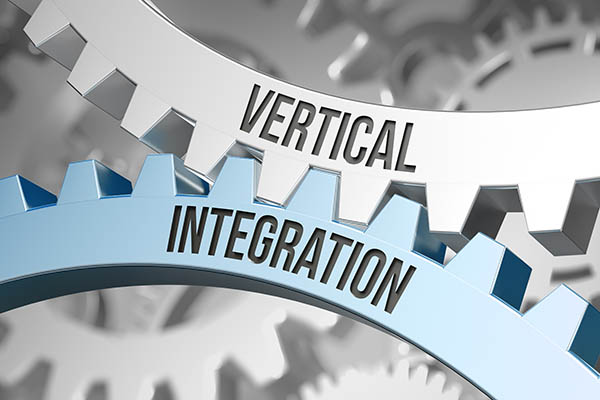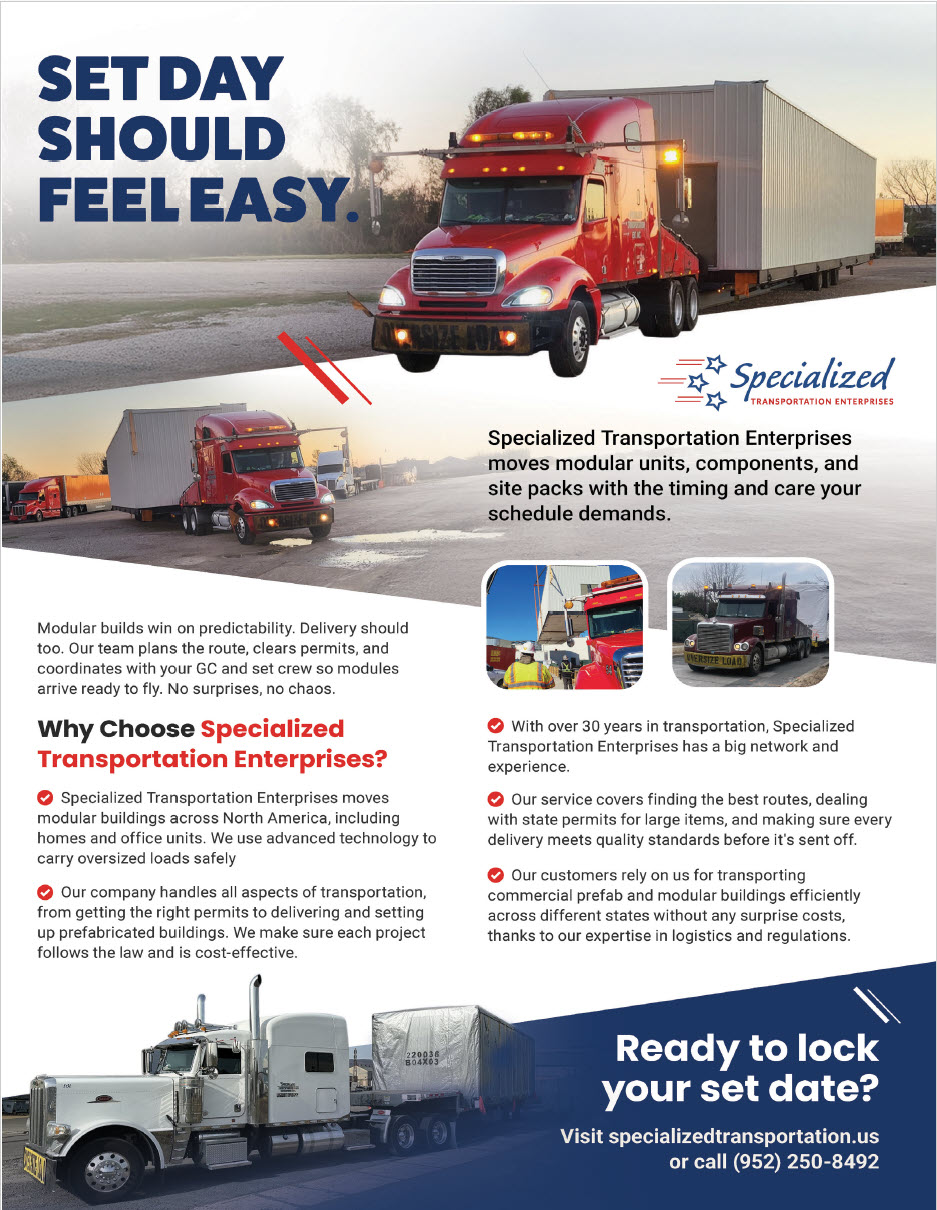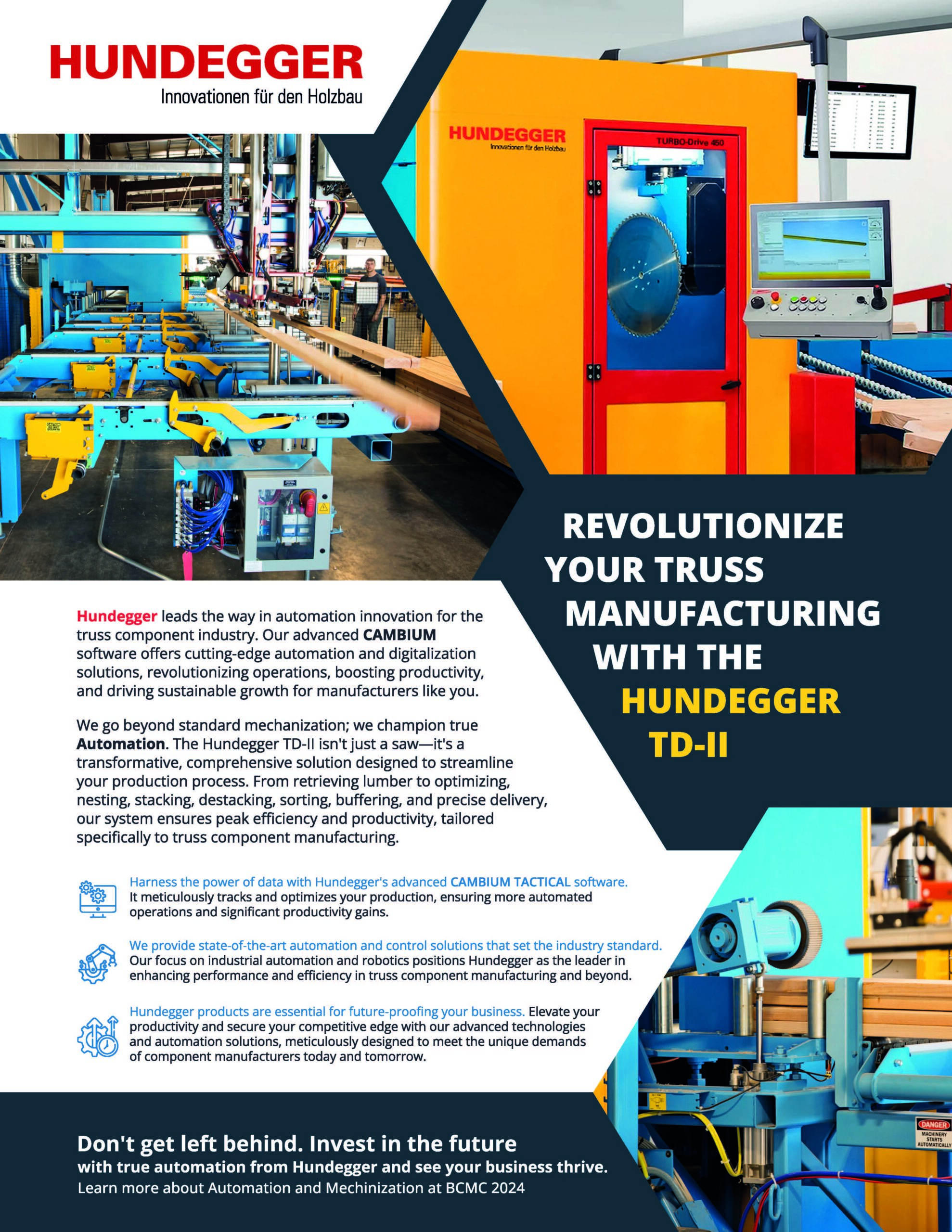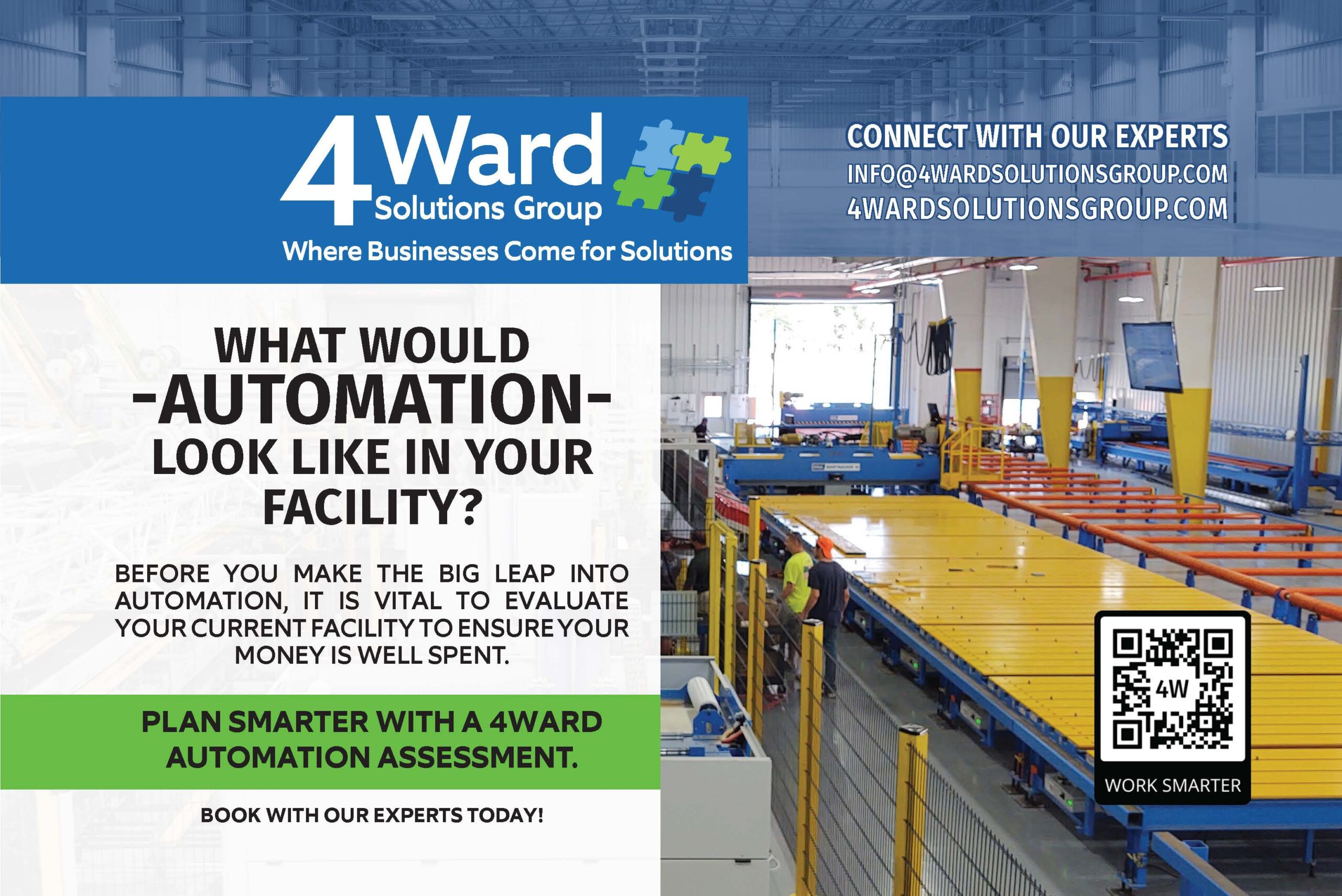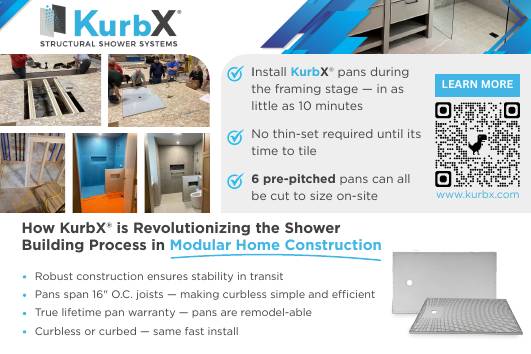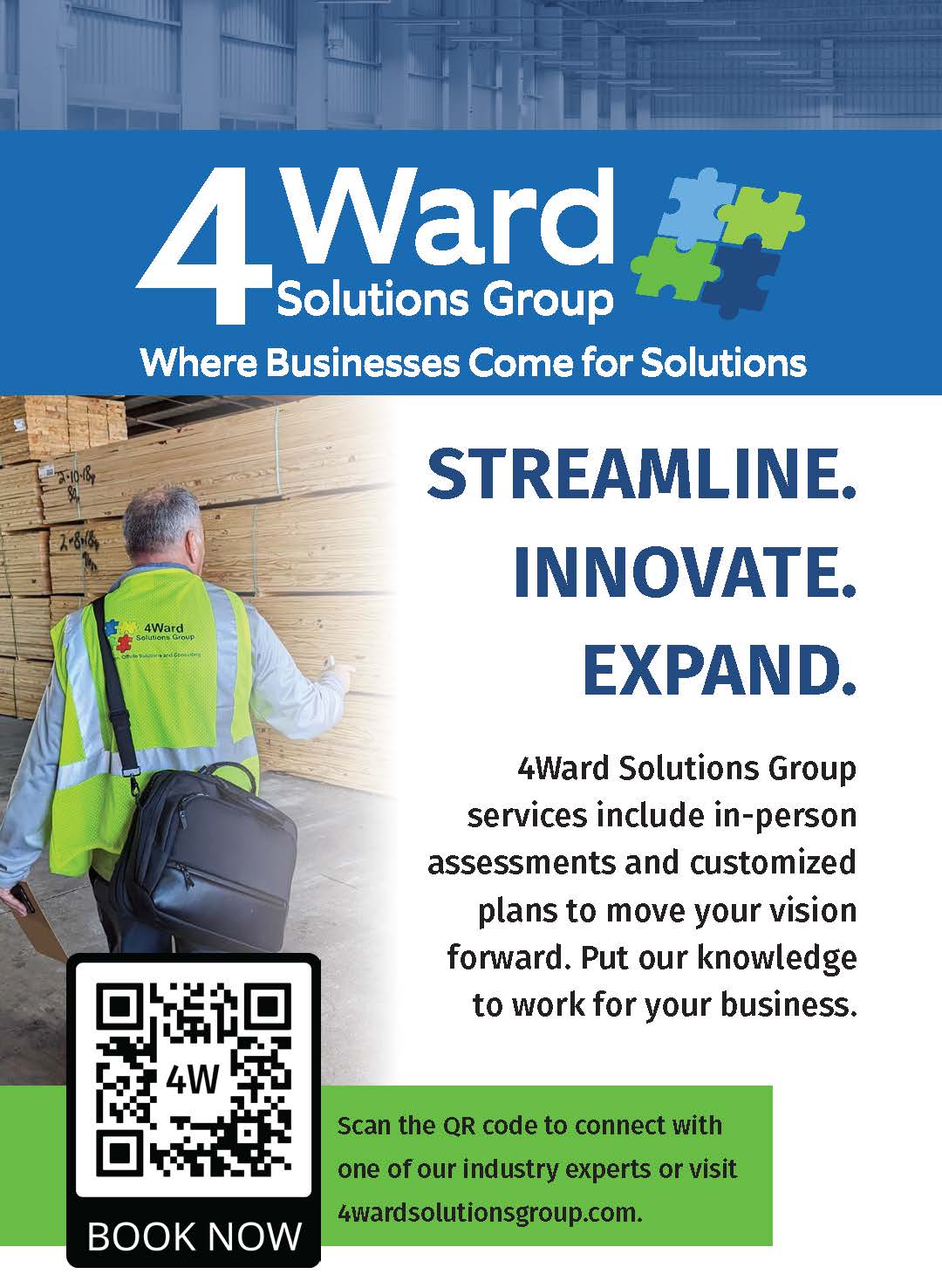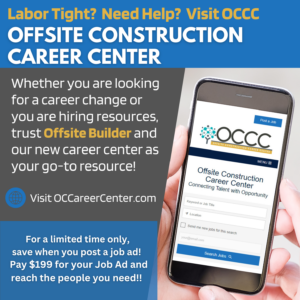Vertical integration can be a powerful tool for streamlining operations and gaining market control. But it’s also fraught with complexities and contradictions.
This strategy is fundamentally about control. The vertically integrated company will take over different parts of its value chain, such as production, distribution, or retailing. For example, an offsite builder that once purchased trusses from a supplier may open its own truss plant, or a modular manufacturer might decide to sell directly to consumers, bypassing intermediaries.
By controlling more stages of the production and distribution process, offsite construction companies can reduce costs significantly. By internalizing processes, they can often reduce expenses associated with logistics, as well as with buying and selling. And a vertically integrated company’s ownership of the supply chain can pose challenges for its competitors.
However, these benefits come at a price. The initial investment for vertical integration can be substantial, as it may involve acquiring new facilities, technologies, or expertise. Will the long-term savings outweigh the short-term investment costs? The answer requires more than a financial calculation; it also includes considerations of time, resources and focus.
Non-financial challenges with vertical integration include management complexity, a possible reduction in agility and scale mismatches.
- The vertically integrated company must develop expertise in areas outside of its original core competencies, which can strain management resources.
- Acquisition of suppliers could lock the company into specific technologies or processes, making it less agile in responding to market changes.
- Different stages of production and distribution often operate most efficiently at different scales. Inefficiencies in one stage can propagate throughout the value chain.
The effectiveness of vertical integration will also vary with market conditions. In stable markets with predictable demand, it can provide a significant competitive edge, but in volatile markets, such as housing, the inflexibility of a vertically integrated structure can be a liability.
The suitability of vertical integration also varies by the size of the operation. Offsite factories with high fixed costs and the need for large-scale operations can benefit greatly from vertical integration. However, this approach can be less advantageous when the company needs the ability to innovate rapidly.
Ultimately, vertical integration is a strategic balancing act. It requires factories to weigh the benefits of improved efficiency, quality control and market power against the risks of increased complexity, inflexibility and financial burden.
The decision to vertically integrate should never be taken lightly. In today’s business landscape, where change is the only constant, companies must remain nimble and adaptable. Vertical integration can be a powerful strategy, but it’s not a one-size-fits-all solution. It requires a careful, nuanced approach, balancing the promise of integration with the realities of a complex, dynamic market environment.


